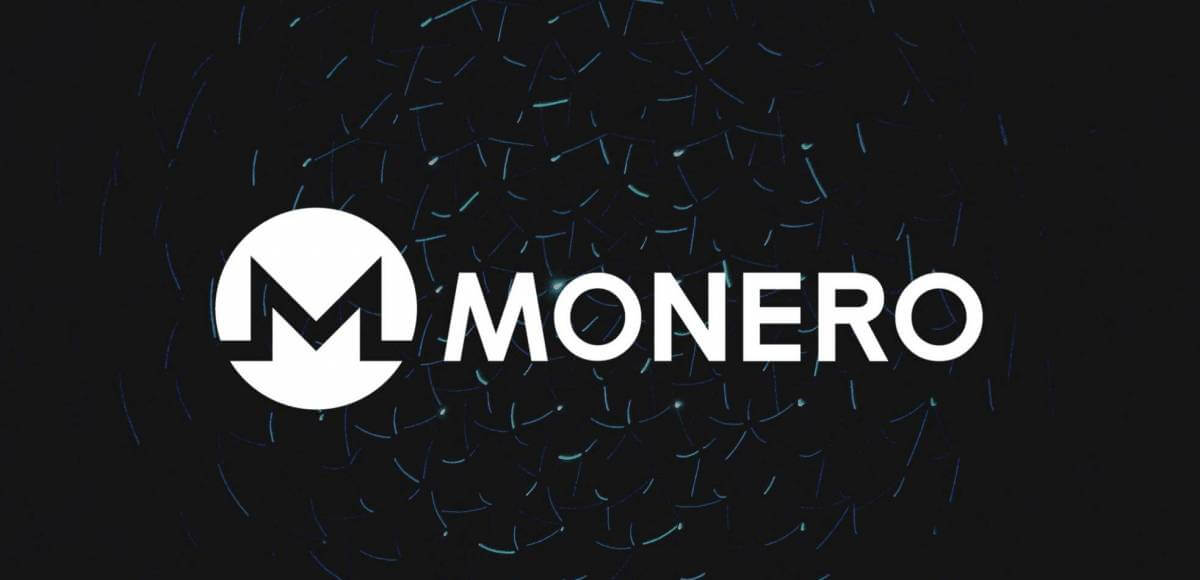 For new crypto investors looking for options beyond Bitcoin (BTC), the open-sourced coin Monero (XMR) has proven to be an attractive one. In recent years, Monero’s amassed quite a reputation for itself for qualities like security and anonymity. Given that it has the third-largest developer pool among today’s available cryptocurrencies after Bitcoin and Ethereum (ETH), there’s no doubt that Monero’s technology will continue to evolve for the better.
For new crypto investors looking for options beyond Bitcoin (BTC), the open-sourced coin Monero (XMR) has proven to be an attractive one. In recent years, Monero’s amassed quite a reputation for itself for qualities like security and anonymity. Given that it has the third-largest developer pool among today’s available cryptocurrencies after Bitcoin and Ethereum (ETH), there’s no doubt that Monero’s technology will continue to evolve for the better.
But what should all potential XMR traders know about Monero before they consider investing in this cryptocurrency? To answer that, here are the seven most important questions about Monero answered in detail.
How Is Monero Doing Compared to Other Cryptocurrencies?
As of late 2021, Monero is currently in the top 40 cryptocurrencies being traded around the world and has reached a market capitalization of over USD 5 billion. While it’s still a league away from “power player” cryptos like Bitcoin, Ethereum, Binance Coin (BNB), Cardano (ADA), and Tether (USDT), Monero is currently one of the top crypto prospects with an unlimited supply. Experts speculate that it may continue to rise in prominence due to the unique features stoking its popularity.
Where Can an XMR Trader Store Their Monero?
Like its contemporaries, Monero should be stored in a dedicated cryptocurrency wallet. The wallet is responsible for storing the coins themselves, as well as the public or private keys for each transaction. Control, privacy, speed of transaction, and user-friendliness are among the qualities that a new XMR trader should look for in a Monero wallet. These features will ensure smooth and hassle-free trading experiences.
What Equipment Does One Need to Mine Monero?
For some cryptos, a dedicated graphics processing unit (GPU) is needed to solve math problems along the blockchain. While GPU mining affords the user a great amount of computing power, it can also be expensive and energy-intensive. In contrast, only a central processing unit (CPU) is needed for one to begin mining Monero. This makes XMR an easier and more user-friendly crypto to mine compared to many others.
How Do Monero’s Transaction Fees Measure Up to Other Cryptos?
One of the biggest worries that new XMR traders may have about Monero is its transaction fees. Back in 2018, this may have been a legitimate cause for concern. But thanks to several technological optimizations, including added bulletproofing to resist failure, Monero’s transaction fees have plunged by as much as 80 percent. XMR traders can expect each transaction to cost only a few cents, which can’t be said for other cryptos.
What Accounts for Monero’s High Levels of Privacy and Anonymity?
Monero’s claim to fame is that it was engineered to be a truly private and untraceable coin. This is something that distinguishes it from bigger-name coins that don’t have the same features. Three privacy features allow Monero to stand out from other cryptos, and they are:
- Its ring signature system, which combines the user’s account keys and other keys to produce a signature for each Monero transaction. Given that all keys in the ring are equally valid, it is impossible to tell which exact key was used to produce the signature.
- Its Ring Confidential Transactions or RingCT technology, which hides the amount involved in each Monero transaction.
- Its Stealth Address system, or the assignment of automatic one-time addresses per exchange of XMR.
Combined, these three features allow Monero traders a higher level of anonymity and privacy than they could expect to get out of any other coin. For that reason, it has become an attractive option for the most low-key crypto traders.
Is Monero Safe to Use?
Because of its secure blockchain, Monero is quite safe and virtually impossible to hack. There are also certain situations in which Monero’s untraceable quality make its user even safer than they would be if they were using another cryptocurrency. For example, if someone were to make a crypto transaction in a place with a high crime rate, the traceability of another type of coin would probably make them nervous. In contrast, if they were paying in Monero instead, they would be assured that details like their wallet balance are completely obscured from malicious agents.
Is Monero Completely Fungible?
Yet another noteworthy characteristic of XMR is its true fungibility or interchangeability between individual units. Unlike government-issued fiat currencies that have identifying markers—and unlike other crypto coins that have a means to link transaction histories—Monero coins are identical. There is also no risk of XMR traders coming into contact with “tainted” or individually blacklisted Monero coins.
The Future of Monero
Ultimately, it is a good thing that more crypto traders have begun expressing their interest in Monero. Its privacy, fungibility, and high rate of technological advancement could spell its future as a rewarding long-term crypto investment.
If you are thinking about investing in Monero, we hope that this information is of good use. Always remember to stay up to date with developments in the market, and make sure that every purchase is backed by an informed decision.

Founder Dinis Guarda
IntelligentHQ Your New Business Network.
IntelligentHQ is a Business network and an expert source for finance, capital markets and intelligence for thousands of global business professionals, startups, and companies.
We exist at the point of intersection between technology, social media, finance and innovation.
IntelligentHQ leverages innovation and scale of social digital technology, analytics, news, and distribution to create an unparalleled, full digital medium and social business networks spectrum.
IntelligentHQ is working hard, to become a trusted, and indispensable source of business news and analytics, within financial services and its associated supply chains and ecosystems










